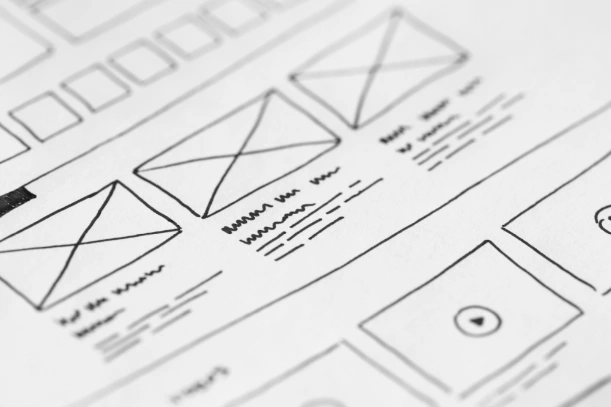A website lives or dies by its conversion rates. Good conversion rates translate into more sales and revenue, whereas poor conversion rates suggest that you need to struggle to prevent your business from sinking. For a business to run successfully online, it is necessary for it to maintain healthy conversion rates. However, to do that you need to become proficient at one of the most critical factors that impacts conversions: your site’s user experience.
Improving your website’s UX allows you to create a delightful environment for your user, giving them the opportunity to interact with your brand. This ultimately leads your website visitor to the conversion funnel. An ideal case scenario is everything goes as planned within the conversion funnel, turning the prospects into leads and finally leads into customers.
Whether you're hiring a professional user experience design agency or doing the work yourself, it's important to learn these five key ways that will help in improving the UX of your website and consequently the conversion rate.
1. Call to Action Button Placement
The place where you set your call to action has a great influence on your customers’ UX. As the goal of many pages is to sell something, making CTAs hard to see, read or click negatively impacts UX and conversions. Therefore, when using CTAs you should make sure that you place them perfectly and use active words to help users navigate your site and persuade them to next step.
Another thing that you need to put to use is color psychology. Study the impact of different colors on people to evoke different feelings and get results from web visitors in the form of an upsurge in conversions.
An excellent example of this is Sitepoint, which saw a 35% increase in conversions after it shifted from a green to a red CTA button.
Here’s the takeaway: your CTA should be actionable and time-sensitive if you want to maximize your conversions.
2. Rectify Your 404 Errors
If users land a 404 error when surfing on the internet, they navigate to another site for faster service. In other words, 404 error drive users away from your webpage. And though they aren’t completely unavoidable, they are some ways to deal with this issue.
The first thing that you need to do is figure out which searches display the 404 errors and then fix them as soon as you can. Secondly, instead of allowing your site to navigate to the standard ‘404 error: page cannot be displayed’ page, you should add a personal touch to the messages so that users don’t feel alienated. Don’t forget to make it clear to the user that you will provide a smooth browsing experience.
While eliminating the error messages entirely isn’t possible, fixing these errors is a step towards achieving a good UX.
3. Free Shipping Does Wonders
Many a time, all you need to do to increase your conversions is lure your shoppers to convert. You sometimes just need to give them a little extra nudge to be convinced to convert in large numbers.
If you have an ecommerce site, you may boost your conversion by adding a free shipping threshold. Research shows that with free shipping options, 93% of buyers buy more products while 58% of consumers fill more items to cart to simply qualify for free shipping.
According to the 2016 Walker Sands Future of Retail Report, 9 out of 1 people claimed free shipping to be their number-one incentive to increase their online shopping. These 90% of respondents felt they would buy more online had there been more free shipping. This study highlights why free shipping is highly desired, underscoring an important area of e-commerce UX psychology.
4. The Magic of Website Readability
Readability of your website is an integral aspect of UX which often remains unappreciated. Obviously, if visitors or leads fail to derive meaning out of the website content in the first place, how are they supposed to go ahead in the conversion funnel.
Maybe they will watch a video or read reviews or even jump straight to the CTA. In other words, if your copy isn’t readable, the visitor wouldn’t know what to do.
Even your logo design plays an important role in optimizing your website’s conversion rate. Your logo design, therefore, should be stripped off all unnecessary elements so that it gives the reader the intended message directly. Moreover, you should make sure that you hire a professional logo design company in Dallas or a creative logo designer to get a killer logo.
Let’s face reality: leads and visitors don’t read much of the copy on your site. In fact, according to UX Myths, people usually just skim site content. Since people have short attention span these days, it is important to create content that is actually easy to read. Making fonts bigger is also a good idea. Content that is easier to read will be easier to comprehend and is necessary to facilitate site conversions.
5. Faster Page Loading Time
Whether your website reaches the required standard of UX largely depends on the site speed. Sites that load noticeably slow sustain conversion losses in contrast to the websites that load pretty fast, which also affects your organic rankings.
A content delivery network provider Akamai and Forrester conducted a study in 2019 which revealed that 40% of consumers don’t agree to wait longer than three seconds for a page to load before abandoning the site. In case your site takes even takes three-and-a-half or four seconds to render, you don’t stand a chance of conversion because the user is likely to leave your website.









